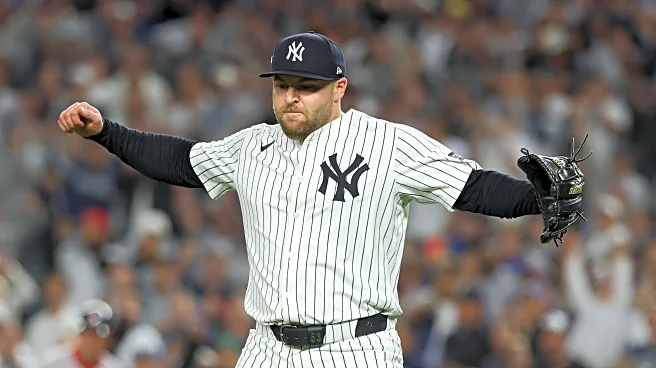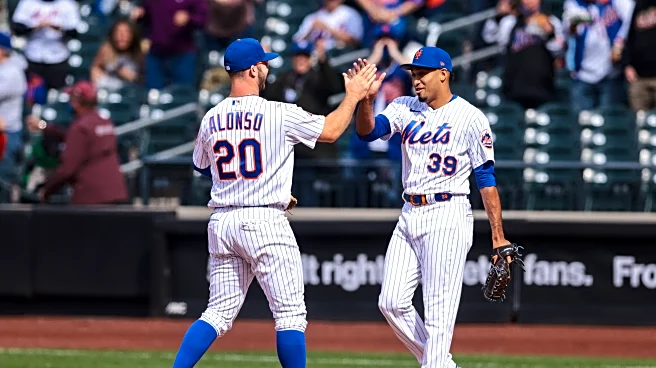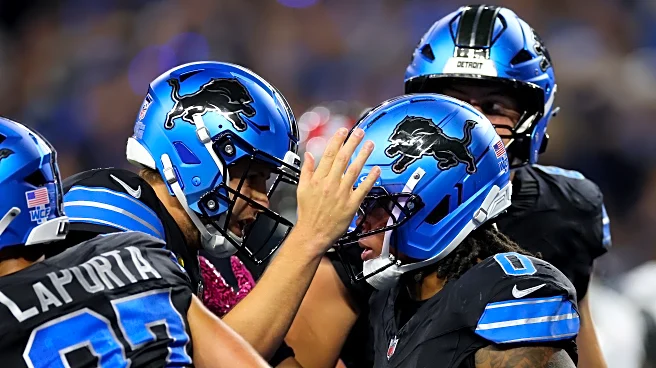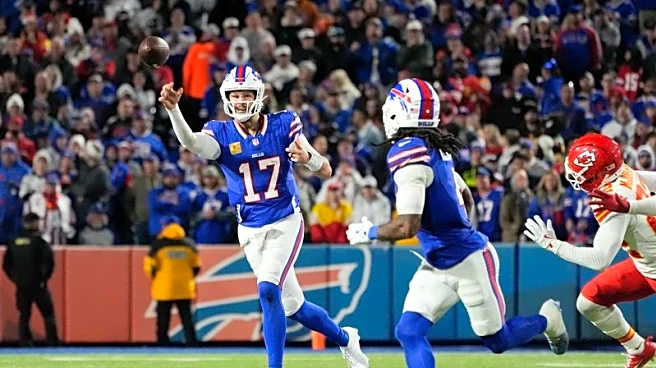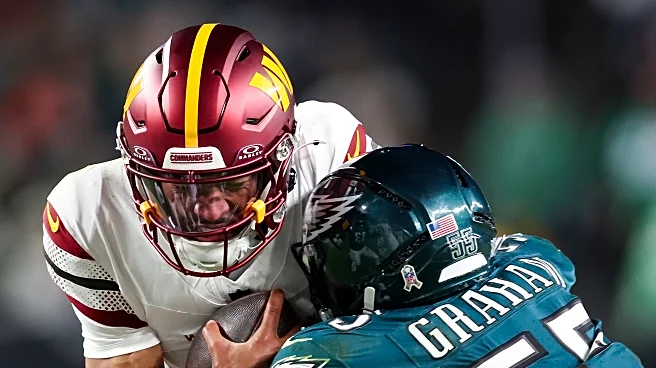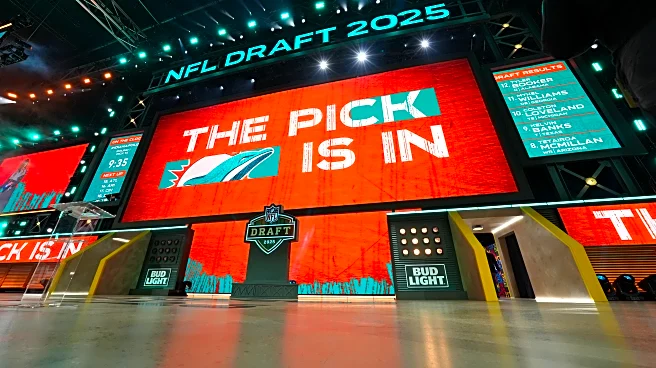Much like 2024, the Yankees’ initial bullpen construction to begin 2025 proved insufficient, particularly in the ninth inning. When Devin Williams’ time in pinstripes got off to a rocky start, it became
clear GM Brian Cashman would need to find another external option at closer. On July 31st, with the Yankees in the midst of their annual summer swoon, they acquired David Bednar from the Pittsburgh Pirates in exchange for a trio of prospects. Bednar, a two-time All-Star with the Pirates, was one of the top names available in the reliever market.
Despite a forgettable debut in Miami in which—annoyingly—almost all of the Yankees’ new faces blew up simultaneously, Bednar stabilized quickly afterward, settling in as the closer the Bombers would need to claw their way back into the AL East race. Perhaps best of all, those question marks at closer which haunted the team in the previous two seasons need not apply in 2026, as Bednar remains under contract entering the new year and Aaron Boone’s comfortable go-to option in the ninth.
Grade: A
2025 Overall Statistics: 62.2 IP, 2.30 ERA (184 ERA+), 2.18 FIP, 27 saves, 34.3 K%, 7.6 BB%, 2.0 fWAR
2025 Statistics with Yankees: 24.2 IP, 2.19 ERA (188 ERA+), 2.45 FIP, 10 saves, 36.1 K%, 9.3 BB%, 0.8 fWAR
2026 Contract Status: Entering final year of arbitration (MLBTR projected salary: $9M)
In a testament to how volatile relievers are, acquiring Bednar would have made little sense at last year’s trade deadline. In 2024, Bednar regressed harshly following back-to-back All-Star selections for his hometown squad. The right-hander was flattened to the tune of a 5.77 ERA as his strikeout rate crumbled, his walk rate ballooned, and his previously solid home run rate nearly tripled. Those struggles continued into the early stages of 2025, and he was actually demoted to Triple-A Indianapolis for a brief period.
Bednar re-emerged from that stint in the Hoosier State a pitcher who looked like he finally trusted himself to throw strikes again, and the dividends were immediate. He ratcheted up the use of his curveball, which he had struggled to keep out of the middle of the zone in 2024. This year, he was able to command it far better and it served as his primary put-away pitch when ahead in the count. The curve paired with a fastball averaging 97 mph to form a mean one-two punch, occasionally complemented by a splitter as well. Also important: the frightening home run tendency which haunted Bednar in 2024 vanished, and he returned to the same caliber of pitcher as he had been when he partook in the Midsummer Classic.
That meant he was suddenly a very attractive trade candidate for one of the many reliever-strapped squads around baseball, including the Yankees. As a matter of fact, the struggles from which Bednar had just recovered reportedly made manager Boone lobby harder for the Yankees to acquire him.
New York pulled the trigger at the end of July, and The Renegade proved to be a good fit. He simply continued what was working, using that three-pitch mix to keep trimming his ERA almost 20 points from the 2.37 mark at which it stood when the trade was consummated. That reliability stretched into his first foray into the playoffs, as he allowed a lone run in six innings across five outings, with a pair of saves.
Across both Pittsburgh and the Bronx, Bednar converted 27 saves in 30 opportunities, striking out over 12 batters per nine innings and posting 2.0 fWAR: a tidy sum for a reliever.
While Bednar’s return to form is laudable and should instill confidence for him going forward, there are a few warning signs which indicate regression could be coming. First, Bednar stranded a whopping 84.2 percent of his baserunners with the Yankees. Being able to leave men on base is obviously an admirable quality in a closer, but his career average mark is over ten percentage points lower than that, so across a full season expect that rate to regress. Bednar’s home run rate also doubled in pinstripes, as is to be expected when you depart PNC Park for the homer-friendly confines of New Yankee, but could prove onerous if it sticks around. Often a closer has no margin for error entering the ninth; home runs are the easiest way to blow a save.
The last thing I want to mention is an observation Michael Baumann of FanGraphs made in an article he wrote about Bednar earlier in the season. This observation was about the oddly passive behavior of the batters he was facing—which carried across the remainder of the season. Despite throwing pitches in the strike zone at a rate well above average, Bednar saw just a 47.8-percent swing rate from his opponents, only a tiny fraction above the MLB norm and far below the rates he’d seen from batters in previous seasons (such as a 54.1-percent rate in his All-Star 2023).
Bednar was able to use opposing hitters’ passivity against them, filling up the zone and routinely getting ahead in the count. But what happens if they stop letting him have those extra strikes? I don’t think he’ll suddenly revert to the guy who couldn’t get out of his own way in 2024, but I think we could certainly see a half-step backward if they start to ambush him. Baseball is a game of constant adjustments, pitch-to-pitch, at-bat-to-at-bat, and of course season-to-season. When hitters start to alter their tendencies to Bednar, how will he respond?
That question is of course impossible to answer without a crystal ball. If every GM had access to one of those, reliever evaluation would look a heck of a lot different. For now, it’s sufficient to note that Bednar was the high-quality closer the Yankees needed him to be in 2025. He showed he was capable of coming through in high-pressure moments for a team in which pressure is the standard. Those previous seasons of All-Star-level success and the collection of quality performances he’s already logged in pinstripes should outweigh the question marks going forward.
